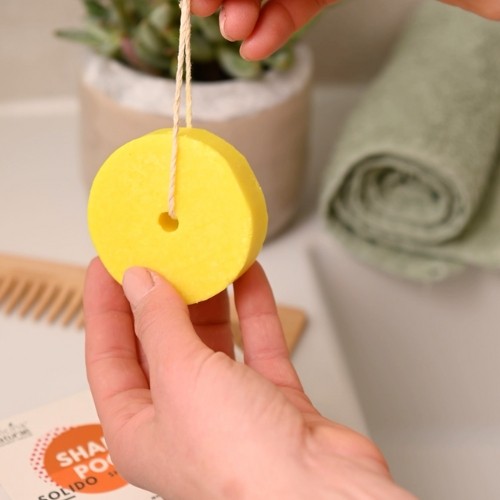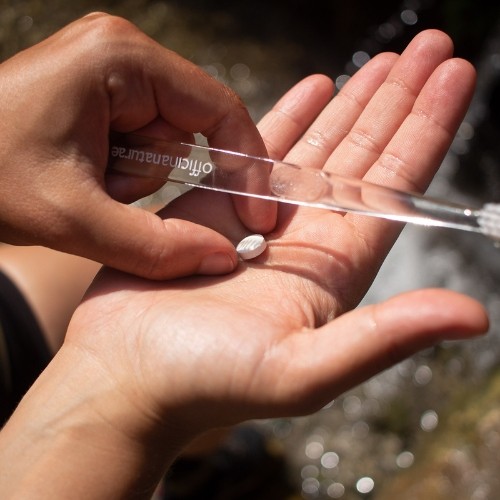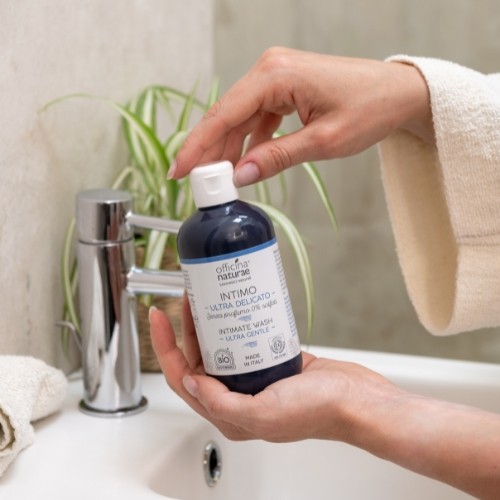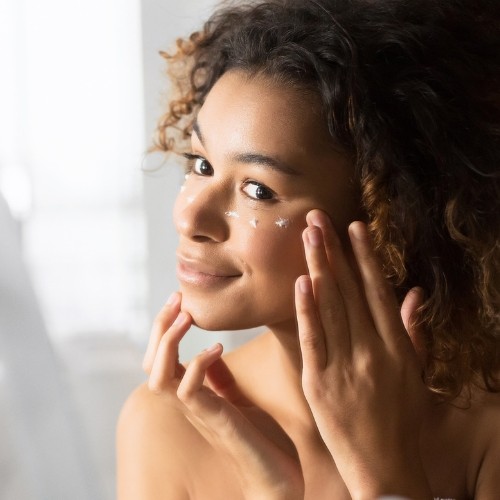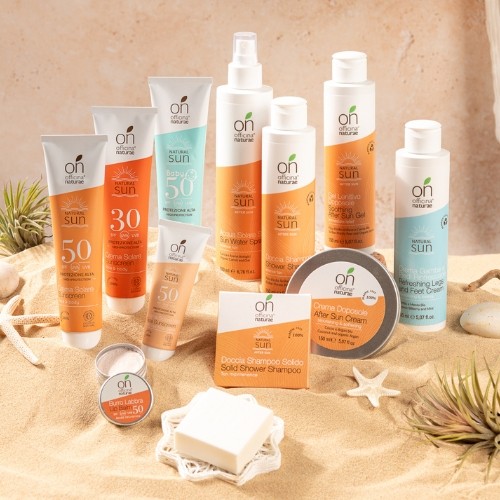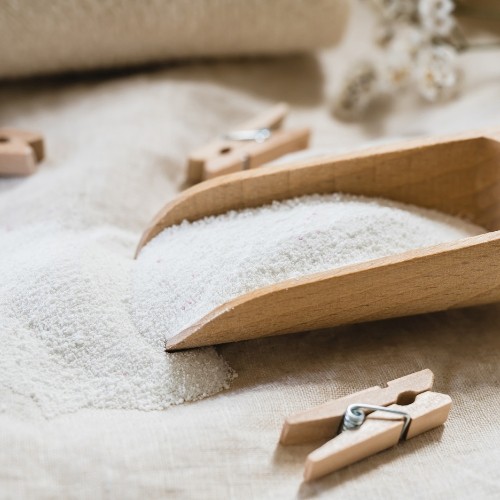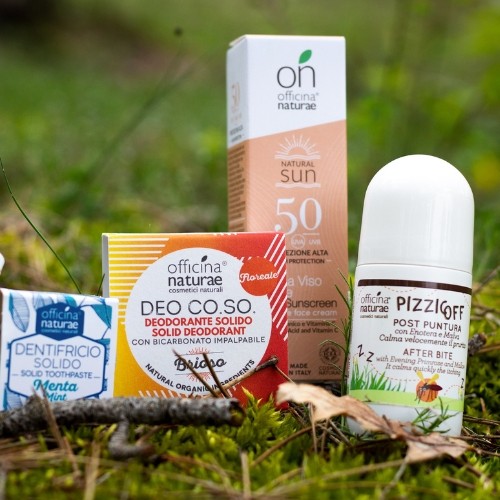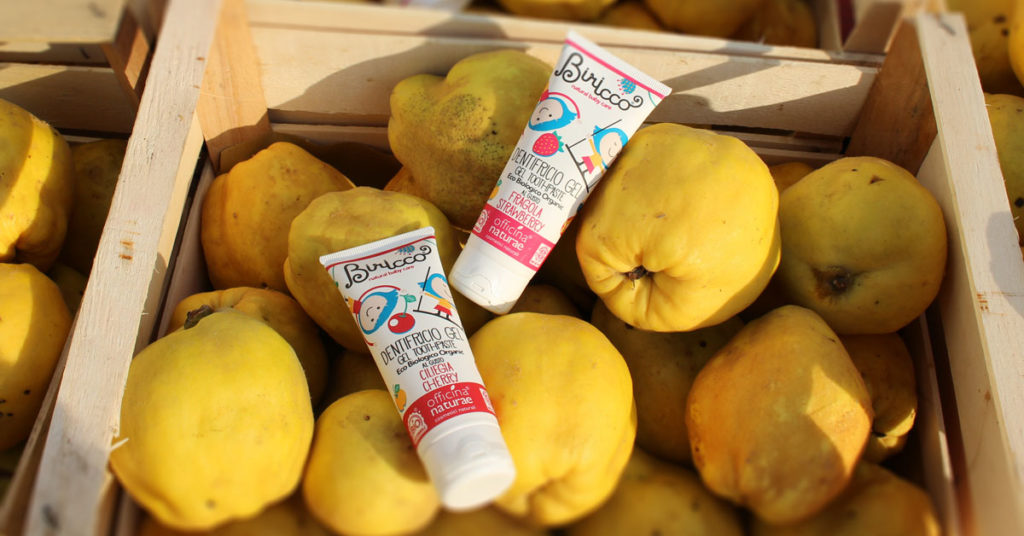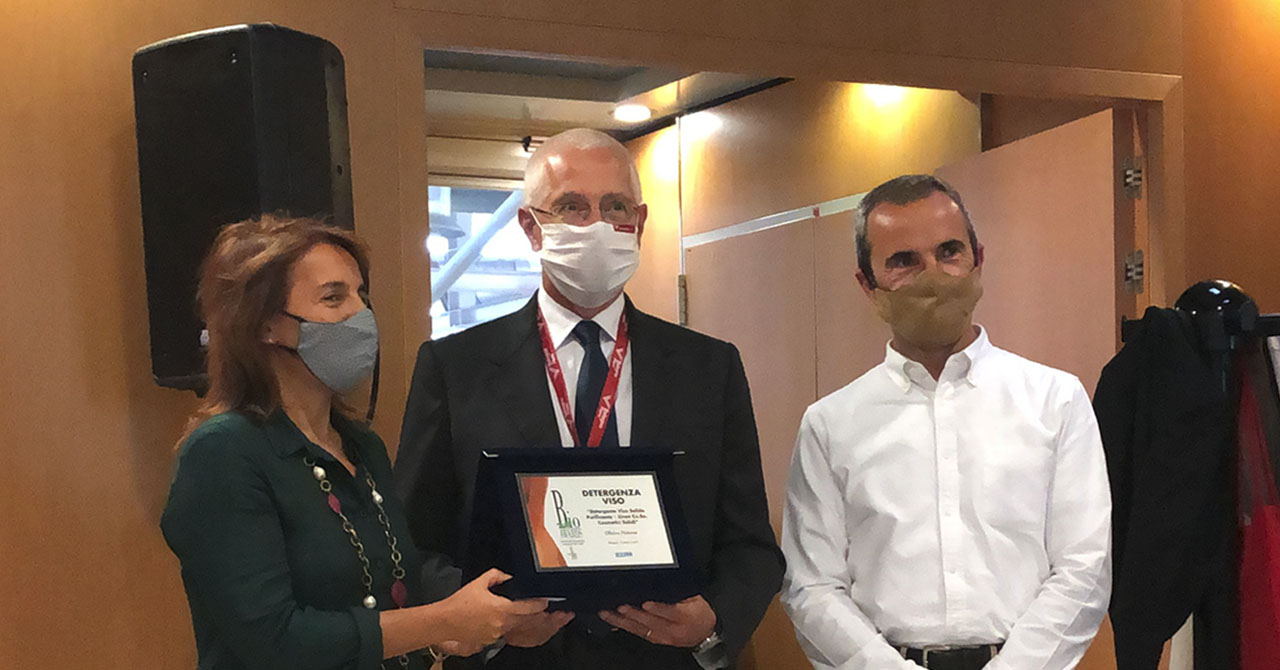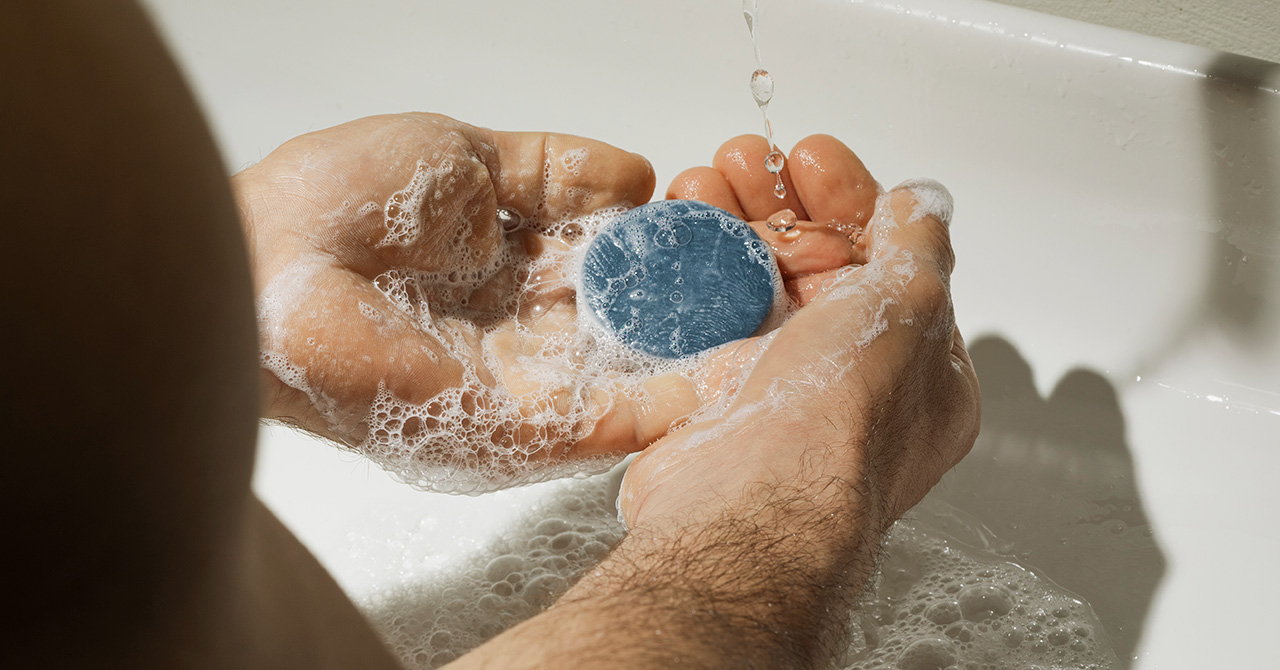How to resist to the children tender smile? It wakes up you protection instinct and care about them! For this reason, we talk about the baby oral care.
It’s important to do prevention and take care of the wealth of children teeth since first years, so to start to educate them to good habits of oral care. For you, who have children, here you have some tips on how to start.
When starting to brush children teeth?
“At what age do we start to brush children teeth?”, it’s a frequent question. From the appearance of the first tooth (since 4th month of life on), particular cares aren’t necessary, because bacteria, that normally the mouth of a child comes in contact with, don’t take root on gum tissue, that continues to change.
How washing the mouth of children without teeth?
The baby oral care it’s important and it must be followed since first milk feeds. Also in this case, it’s useful to start to clean them with a cotton gauze soaked of water or physiological solution, rubbing with fingers very gently on teeth and gums.
How to wash milk teeth?
When milk teeth grow up (since 1 year of age until 2 years), you can start to use a toothbrush for children, whetting it with water and a little bit of toothpaste for children. The correct use of toothpaste will can be introduced when child will learn to not swallow.
In the meanwhile, it will be important to avoid sugar liquids or sweets, far from the principals meals, because the acids, that come from fermented sugars, can create the onset of caries. The milk teeth with caries are harmful the same as adult teeth! So, by the second year of life, it’s recommended a first oral visit.
How to explain to children the correct oral hygiene
How to teach children to brush their teeth? It isn’t difficult! Children tend to imitate adults, so it will happen naturally by mom or dad side, in front of the bathroom washbowl, they will take the toothbrush and they will start to imitate the movements, while they are brushing their teeth. Initially, for them it will be a game, and they will be enthusiast when they will do this by themselves!
Following, step by step, it will be possible to give them some more motivation to keep their mouth cleaned and teach them the correct technique of brushing, asking to the family hygienist too, that will be able to explain to the child the right movements to do.
How many times brushing children teeth?
Up to 6 years of age, the recommended oral care is 2 minutes in the morning and 2 minutes in the evening, after milk feeds or meals. It’s necessary always brushing teeth after meals and snacks, in order to remove bacterial plate and to prevent the upgrowing of tartar and caries.
What happens when children don’t brush their teeth?
Teaching to children oral care it’s very important, since very first age. In fact, if we don’t accustom them early, they will come up problems more and more difficult to manage during the passing of time, without the correct intervention of pediatric dentist (the children’s dentist).
Dental plaque and tartar
Dental plaque grows on teeth don’t correctly brushed and it becomes tartar. Tartar can promote the formation of dental stains, inflaming gums and becoming gingivitis (so as we will see asap).
Caries
A tooth don’t properly brushed will be more vulnerable to the growing up of the caries, that can become aggressive and attack the tooth up to the root. Moreover, caries on the following steps of growing up, could be painful and cause teeth abscesses, if left behind for long time. In these situations, it’s necessary the help of a dentist asap, in order to prevent the developing and possible loss of caried tooth.
Gum inflammation (Gingivitis)
Gingivitis is an inflammation of the gums caused by a bacterial infection, determined by dental plaque accumulated on teeth.
Typical symptoms could be showed, such as pain (due to inflamed gums), possible halitosis on children too, gum bleeding. If these conditions could be left apart, the gingivitis could become a parodontids: it’s the upgrade of gums harmfulness.
Children and dentist: at what age could be made the first appointment?
It could be possible wrongly thought, that children should have all permanent teeth yet, before taking the first dental visit. Instead, it would be recommended to do the first dental check before.
In fact, nearly the age of 6, a child is still developing the bones of face and jaw, with the loss of first milk teeth. So, from this age, it could be necessary a check.
Up to the American Association of Orthodontists (AAO), children should do their first dental visit not over 7 years of age. In this way, it’s more easy to evaluate eventual problems and correct them immediately, following an adequate care.
Which kind of toothbrush for children choosing?
Having a toothbrush with something colored, such as bristles, could be useful for identifying better the toothbrush between mom and dad’s ones, but the important thing is that the toothbrush has a proportioned handle for a little hand. The first toothbrush, then, should have soft bristles in order to don’t attack the tooth enamel and delicate gums of the child.
If there are no particular needs dictated by the doctor, a manual children’s toothbrush is perfectly fine, which gradually gets the child used to the gesture of brushing.
The Eco-Sustainable Toothbrush Baby (silver) by Officina Naturae is ideal for the oral hygiene of children but also for the environment, their future legacy: it is the “baby” version of the Eco-Sustainable Toothbrush (silver).
These are its characteristics:
- It has a biodegradable handle in cellulose acetate, obtained from wood pulp, a natural and renewable resource;
- The external soft bristles in bioplastic from castor oil;
- In the center the soft bristles are impregnated with silver, with a bacteriostatic action that prevents the formation of mold and bacteria.
If there is more than one child in the family, they certainly won’t quarrel: let each one choose the bristles of their favorite color from fuchsia, green, amber and blue!
Which is the best toothpaste for children?
At what age does the child learn to use toothpaste? The child is initially unaware that the toothpaste is inedible. For this reason we recommend choosing a natural toothpaste that is delicate and specifically designed for children’s milk teeth and sensitive gums but which also contains ingredients that are safe in case of ingestion.
Just take a look at the label, in particular at the INCI (the list of mandatory ingredients) and at the information and certifications on the ingredients. It is better if the ingredients are of vegetable origin and possibly from organic farming, such as the eco-friendly gel toothpastes for children from the Biricco line.
The important thing is to be guided by the right information: if the toothpaste is “with or without gluten“, it is a false problem (according to the AIC guidelines*); or whether to choose one “with or without fluoride“, is a conscious choice (to be evaluated with the doctor or dentist if necessary).
As for this choice, the EEC directive** indicates the maximum concentration of this mineral in cosmetics for children over 6 years of age (0.15%), below which age they must be administered under adult supervision.
Our children’s toothpastes have pleasant flavors to entice children to brush their teeth: Strawberry, Cherry and Banana. They have low abrasiveness, so as not to damage the enamel and avoid gum irritation. They are enriched with many beneficial plant extracts including Italian organic Quince.
For you, a parent, who wants to choose products that are also safe for the environment, we have excluded coloring, SLS and SLES and fluoride among the ingredients. Finally, Biricco children’s toothpastes are Nickel tested, compatible with homeopathic treatments and entirely made in Italy.
Choose to protect your children’s beautiful smile and their future world!
Sources:
*http://www.celiachia.it/menu/faq.aspx?idcat=10&idfaq=182
**https://eur-lex.europa.eu/LexUriServ/LexUriServ.do?uri=OJ:L:2009:267:0018:0019:it:PDF

